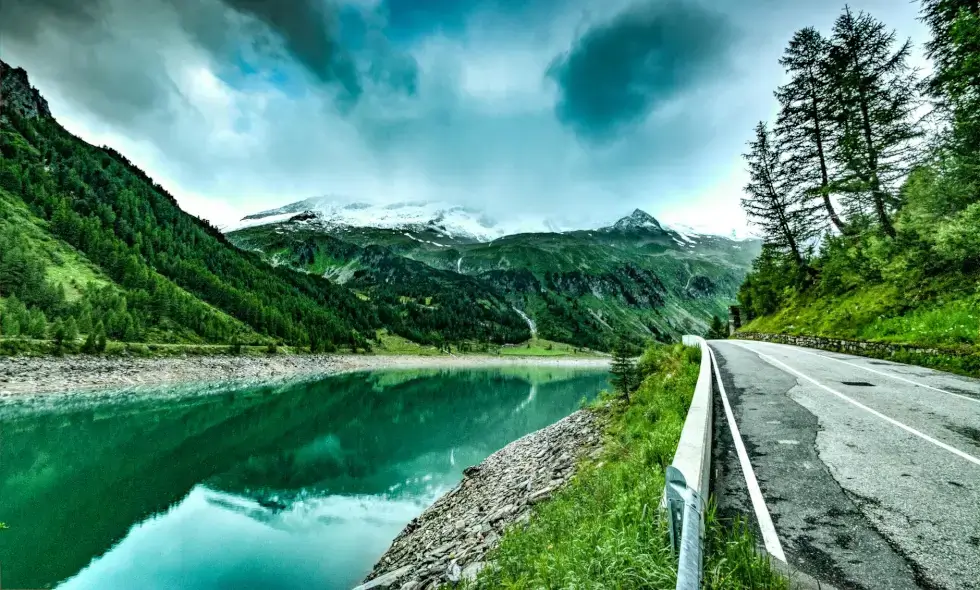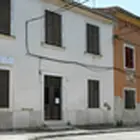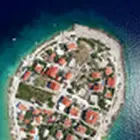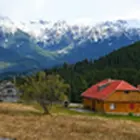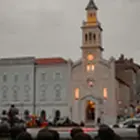The history and current state of the A3 North Transylvania highway are quite symbolic. The first section of the highway, stretching between Turda and Gilău, was inaugurated on December 1, 2009, right between the two rounds of the presidential election, with a political purpose. The then Prime Minister, Emil Boc, used the move to ensure the second mandate of his patron, President Traian Băsescu.
Although Băsescu managed to defeat his opponent, Mircea Geoană, the highway remains unfinished and struggles with numerous infrastructural deficiencies. The highway lacks rest areas, refueling stations, and noise barriers. For instance, on the 42-kilometer section planned near Cluj-Napoca, which is without exits, a junction is only now being built that could assist those traveling between Târgu Mureș and Dej, as well as those heading to the eastern and southern parts of Cluj-Napoca. The fuel shortage also poses a problem on the section approaching Gilău. The owner of the Davidcar Ltd. car repair workshop, Árpád Ferenc Kun, reported that drivers often arrive seeking assistance due to fuel shortages.
There are neither rest areas nor refueling stations along the highway, and drivers are forced to climb over the fence beside the highway to obtain fuel. Several calls for tenders have been issued for the construction and operation of rest areas, but there have been no applicants thus far. The highway operator, CNAIR, is trying to address the deficiencies by involving private capital, but so far without success. The latest call for tenders, which encourages the creation and operation of rest areas on several sections of the highway, is still ongoing.
However, the missing infrastructural elements hinder not only transportation but also rescue operations. In the event of serious accidents, ambulances can only approach the site and transport the injured with great detours. Experts often account for the fact that callers cannot accurately determine the location of the accident, so ambulances are dispatched from both directions. The use of rescue helicopters is also possible in the case of serious accidents. Overall, the situation of the A3 highway poses numerous challenges for both drivers and emergency services.
Tasks awaiting resolution include the construction of rest areas and refueling stations, the installation of noise barriers, and ensuring appropriate rescue routes. Meanwhile, authorities and organizations managing road infrastructure are making continuous efforts to address the emerging problems.



